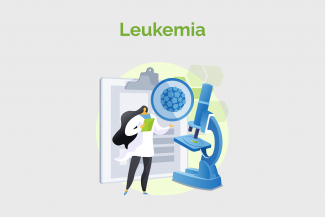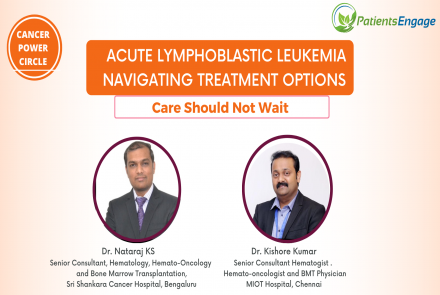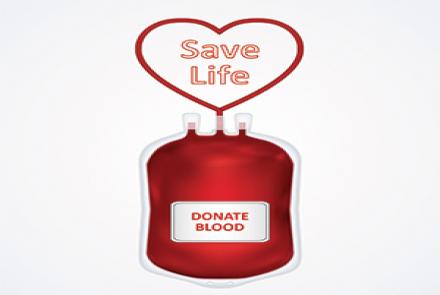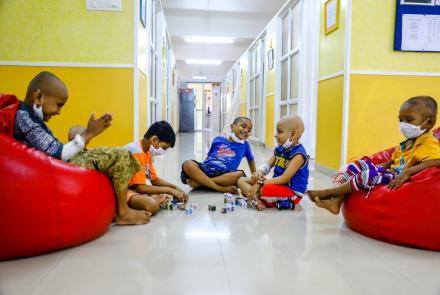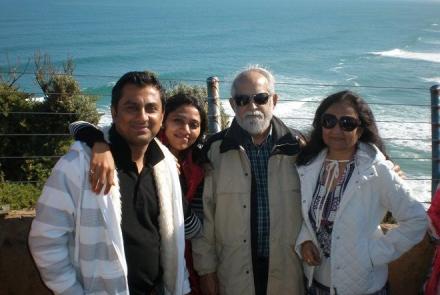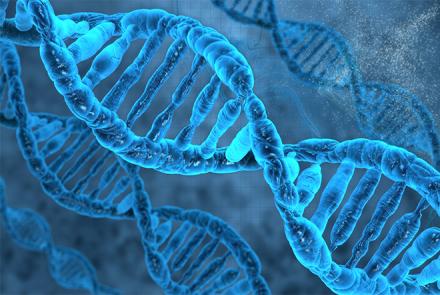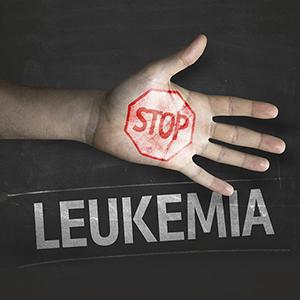
There are several treatment options for controlling leukemia based on status and severity. Several prognostic features, such as the patient's age and overall health are taken into consideration before deciding a particular treatment regimen. The five major approaches to the treatment of leukemia are:
- Radiation Therapy
- Chemotherapy
- Immunotherapy
- Targeted therapy
- Stem Cell Transplantation
- Surgery (in specific cases only)
Radition Therapy
Radiation therapy is one of the many tools used to combat cancers. In this therapy, high-energy waves like x-rays are used to kill cancer cells. Radiation can be used alone or in conjunction with other treatments (e.g. surgery and chemotherapy) to cure or stabilise cancer.
Chemotherapy
The term chemotherapy, or chemo, refers to wide range of drugs used to treat cancer. These drugs usually work by killing dividing cells. Since cancer cells have lost many of their regulatory functions present in normal cells, they will continue to attempt to divide even when other cells (normal cells) do not divide. This trait will make cancer cells susceptible to a wide range of cellular poisons. Few ingredients of different types of chemotherapy drugs are mentioned below.
- Antimetabolites: mercaptopurine, methotrexate
- Genotoxic Drugs
- Alkylating agents: Busulfan, carboplatin, etc.
- Intercalating agents: Doxorubicin, Idarubicin.
Immunotherapy
The purpose of cancer vaccines is to stimulate the body's defences against cancer by increasing the response of the immune system. The human immune system provides a dynamic protective system against disease from foreign pathogens and from abnormal body cells. Unlike normal body cells, cancer cells will have sustained mutations and no longer function properly. Tumour vaccines usually contain proteins that are found on or produced by cancer cells. By administering these forms of proteins and other agents that affect the immune system, the vaccine treatment aims to inject the patient's with virus-infected cells. This helps normal cells make antiviral proteins. Interferons (group of signaling proteins released by host cells in response to the presence of several pathogens) also help the body to reduce leukemia cell proliferation (growth and reproduction), while strengthening the body's immune response.
Targeted therapy
Unlike chemotherapy, targeted therapy uses monoclonal antibodies such as Rituximab and Alemtuzumab to specific seek out cancer cells and destroy them.
Stem Cell Transplantation or Hematopoietic stem cell transplantation (HSCT)
This is the transplantation of multipotent hematopoietic stem cells, usually derived from peripheral blood, bone marrow or umbilical cord blood. It is a medical procedure in the fields of haematology and oncology, most often performed for patients with certain cancers of the blood or bone marrow, such as multiple myeloma or leukemia. In these cases, the recipient's immune system is usually destroyed with radiation or chemotherapy before the transplantation. Graft-versus-host disease is a major complication of HSCT. Apt for patients under 55 years of age and with sibling donors.
Surgery
Surgery is usually not a treatment option for leukemia because cells are usually widespread throughout the body at the time of diagnosis, so they cannot be "cut out" like other forms of cancer. Surgery is usually performed to remove an enlarged spleen or to install a venous access device (large plastic tube) to give medications and withdraw blood samples.

